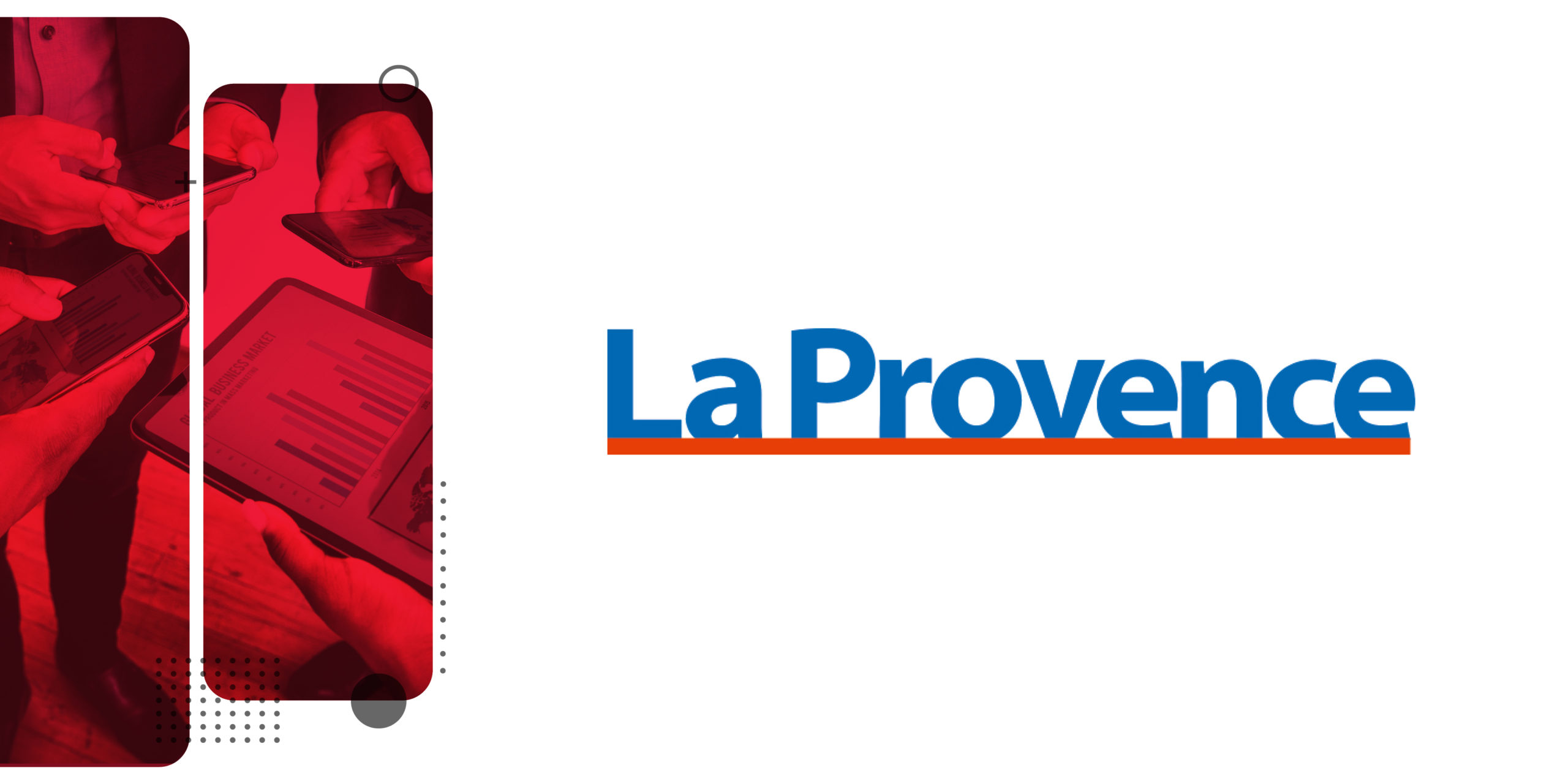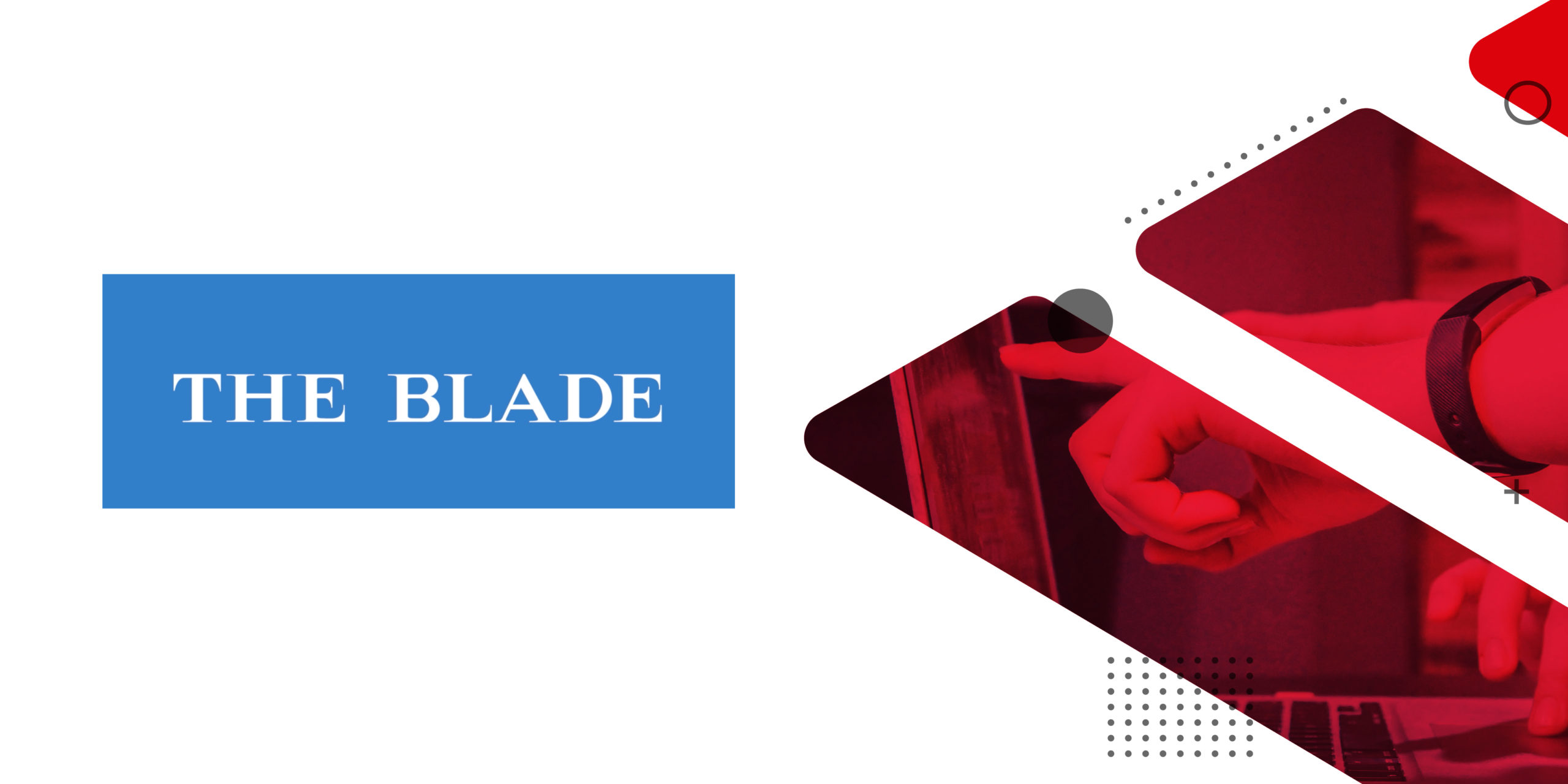Over the past decade plus, we’ve seen social media evolve from a trend that kept people connected to arguably the most important and influential medium in modern society. More than just a way to share photos with friends, social media has grown into a space to share information, exchange ideas, and discover new communities. As we’ve seen from countless newspapers who failed to adapt to creating online content, traditional media companies can still learn a lot from social media organizations.
How social media changed consumption
Social media has changed not only the way we interact with each other, but also the way that content is consumed. For better or worse, many users want quick digestible content that they have the option of learning more through either a link to more longform content or the opportunity to react and discuss with other community members. That said, we’re now seeing a growth of social media intelligence, where most users are aware of lazy tactics such as clickbait or misleading headlines, and will have negative emotions towards any organization attempting to generate attention this way.
A traditional media company may look at a social media organization and see that audiences want quick, digestible content and find frustration in the fact that users aren’t sharing their content no matter how digestible it may be. However, these organizations are missing one key factor that social media companies thrive on.
The most successful social media companies thrive because they are able to target users with not just any digestible content, but content that matches their specific interests. By finding out what it is that each user wants to read, enjoys seeing, and is open to discussing, social media organizations can curate each user’s individual feed to provide an onslaught of content designed specifically for them. While this level of personalization can come across as exceedingly intimidating for a small startup that doesn’t have the resources that larger social media brands do, the lesson comes down to one simple point.
Know your audience
By leveraging data from their community to create personalized news feeds, advertising and programming as well as building a group of like-minded individuals who have an interest in discussing and expanding on the shared content, traditional media companies can provide some of the curated content that users love to experience from their favourite social media platforms.
Personalization can turn into a habit forming retention strategy
Through creating a personalized landing page, organizations are able to build habit forming behavior for their users. Many of the most successful social media companies even take it a step further and implement some sort of notification tool such as the bell icon found on both YouTube and Twitter that will immediately alert those who opt-in of any new content through a push notification. It works as not only an effective retention strategy that keeps users coming back for more with daily frequency, but also helps to keep those same users informed on the most recent conversations so that they can contribute to discussions and assist in growing the community.
Typically, people enjoy some sort of routine and familiarity which is why name recognition, brand loyalty and ease of use are such important factors to how people choose to consume online content. What social media companies thrive at is forming habits that in turn help create this brand loyalty. If someone is checking a specific Twitter account for news every day, then they’re more likely to have a positive association with that person and any other content that they may create.
In conclusion
While quality of a product is always the most important thing, social media is teaching all of us that quantity carries far more weight than traditional media companies originally thought. The days of quarterly, monthly, or even weekly papers are a relic of the past, as users now want new content on demand every time they glance at a publication. By providing something new every day, even if it’s just a short blurb or discussion, organizations can give their users a reason to keep coming back and build that positive association and loyalty that all media companies strive for.















